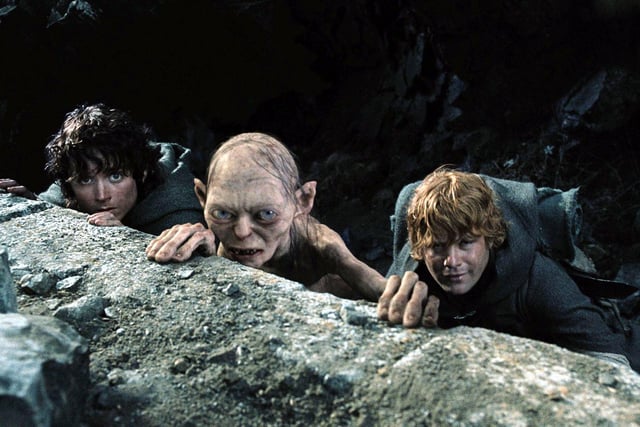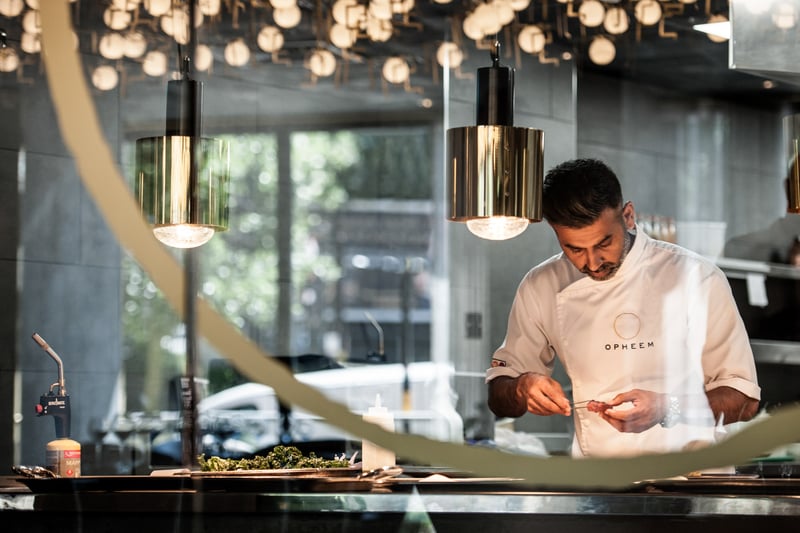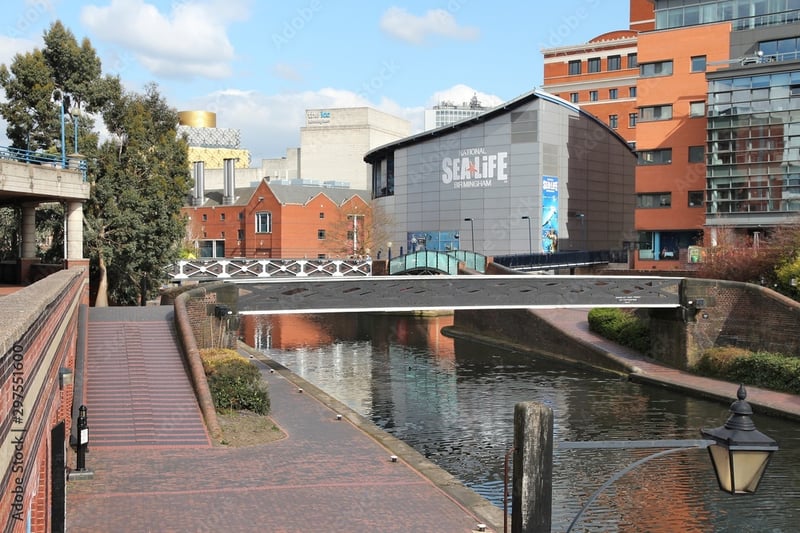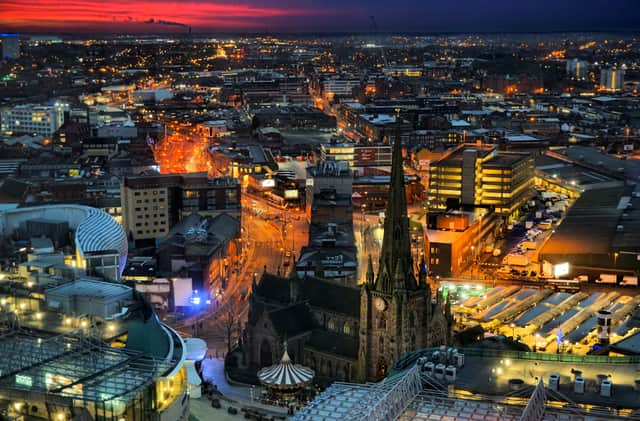Birmingham is without doubt one of the most exciting places to live in the country.
The culture, nightlife, football clubs, music scene and history all contribute to making Brum a vibrant and thriving city.
Earlier this week, Government minister Heather Wheeler apologised for calling Birmingham “godawful”, and her comments rightly prompted a huge backlash with people defending Brum and its brilliance.
Birmingham Labour MP Jess Phillips also spoke out against Wheeler’s comments saying that it was “implied snobbery that was the real problem.”
So in support of the Second City, we’ve unearthed some brilliant and some surprising facts about our city which might just surprise you.
Let’s take a look.

1. Brum inspired iconic film series
JRR Tolkien, the author of the The Lord of the Rings, which was turned into an Oscar-winning film trilogy, grew up in Birmingham. During 1895 to 1911, Tolkien lived in nine homes in the south of the city, including King’s Heath. He also spent a lot of time in Hall Green, where Moseley Bog and Sarehole Mill would go on to provide the inspiration for the iconic series. Photo: UGC

2. Trophy making history
Both of the Wimbledon men’s and ladies’ singles trophies were made in Birmingham in the 19th Century. A firm in the city’s Jewellery Quarter, P Vaughton and Sons, also had to make an exact replica of the FA Cup trophy in 1895 after Aston Villa managed to lose the prestigious trophy after it was stolen. Photo: (Photo by Julian Finney/Getty Images)

3. Most Michelin star restaurants in UK outside London
In 2015, Birmingham was confirmed as having most Michelin-star restaurants outside London. The city has five Michelin-star establishments, including: Opheem (pictured), Adam’s, Purnell’s, Simpsons and Carters of Moseley

4. More canals than Venice
This one sounds pretty ludicrous, but yes, Birmingham does in fact have more canals running through it than the prestigious Italian town. Venice has 26 miles of canal while Birmingham has 35 miles. According to the city council, most of these canals were built in the 1700s and 1800s. Photo: Tupungato - stock.adobe.com


